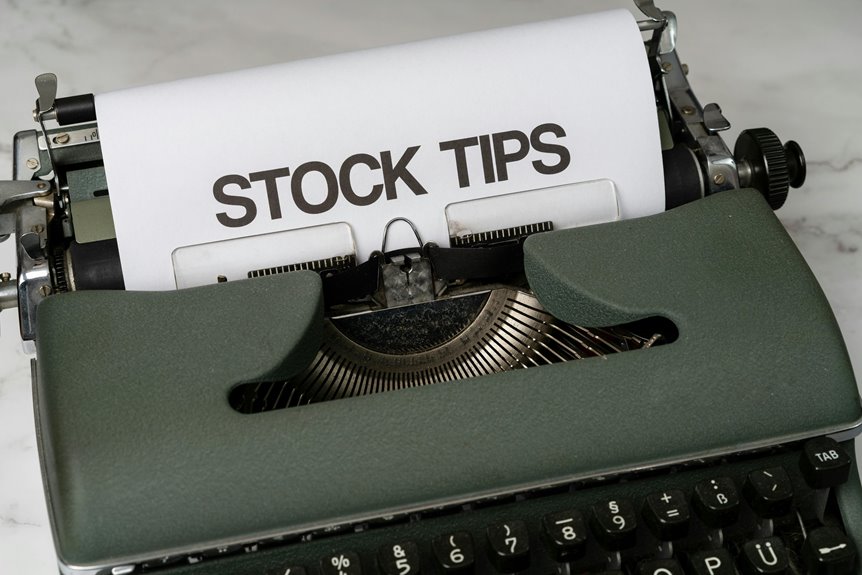When it comes to managing your dental practice's finances, understanding equipment depreciation can play an essential role in optimizing your tax strategy. You might be missing out on significant savings if you're not leveraging the right methods. From capitalizing on Section 179 to consulting with tax professionals, there are various ways to guarantee you're maximizing your deductions. Each tip can have a substantial impact on your bottom line, but without the right approach, you could leave money on the table. Let us explore these strategies to see how you can enhance your financial planning.
Key Takeaways
- Take advantage of Section 179 to immediately deduct up to $1,160,000 on qualifying dental equipment purchases in 2023.
- Utilize Bonus Depreciation for a 100% deduction on both new and used dental equipment placed in service this year.
- Implement standard or declining balance depreciation methods to optimize tax deductions over the equipment's useful life.
- Conduct cost segregation studies to identify assets that can depreciate over shorter periods, maximizing tax benefits.
- Regularly consult with tax professionals to tailor depreciation strategies to your practice's specific financial situation and cash flow needs.
Importance of Equipment Depreciation
Understanding the importance of equipment depreciation can considerably impact your dental practice's financial health.
By utilizing equipment depreciation, you can allocate the cost of your dental equipment over its useful life, effectively reducing your taxable income. This not only enhances your cash flow but also opens the door to significant tax benefits.
Under IRS regulations, Section 179 allows you to immediately expense qualifying dental equipment, letting you deduct the full purchase price in the year you acquire it.
Regularly reviewing equipment values and depreciation methods enables you to maximize these tax advantages. Implementing sound financial strategies guarantees compliance while optimizing your practice's financial performance.
Don't underestimate the role of equipment depreciation in solidifying your practice's fiscal stability.
Common Depreciation Methods
When it comes to managing your dental practice's finances, knowing the common depreciation methods can help you make informed decisions about your equipment investments.
The Standard Depreciation method spreads the cost evenly over an asset's useful life, offering simplicity.
Meanwhile, the Declining Balance Method accelerates depreciation, giving you higher tax deductions in the initial years.
The Modified Accelerated Cost Recovery System (MACRS) is popular for tax purposes, allowing varying rates based on asset categories.
Additionally, the Section 179 Deduction lets you expense the full cost of qualifying equipment, while Bonus Depreciation offers a 100% deduction in the primary year.
Understanding these methods is essential for dental practice owners looking to maximize savings and optimize their investments.
Maximizing Section 179 Benefits

Maximizing the benefits of Section 179 can greatly impact your dental practice's financial health.
This tax deduction allows you to immediately deduct up to $1,160,000 on qualifying equipment purchases in 2023, provided you don't exceed $2,890,000 in total purchases.
To qualify, verify that more than 50% of your equipment is used for business purposes.
If you finance and place the equipment in service by December 31, you can considerably reduce your tax liability.
This strategy is especially beneficial in high-income years, enhancing your cash flow and allowing you to reinvest in your practice.
Strategies for Accelerated Depreciation
To enhance your dental practice's financial strategy, consider utilizing accelerated depreciation methods that allow you to recover equipment costs more quickly.
By leveraging Section 179, you can immediately expense up to $1,160,000 for qualifying equipment purchases in 2023. Bonus depreciation provides a 100% deduction for new and used equipment placed in service through 2022, with a gradual reduction in subsequent years.
Additionally, cost segregation studies can identify components of your facility eligible for shorter depreciation periods, maximizing your tax benefits.
These accelerated depreciation methods not only reduce taxable income but also offer flexibility in tax planning, allowing you to tailor deductions to fit your practice's cash flow needs.
Adopt these strategies to strengthen your financial position.
Consulting With Tax Professionals

Accelerated depreciation strategies can greatly impact your dental practice's financial health, but maneuvering through these options requires expert guidance.
That's where a dental CPA can help. These professionals stay updated on the latest tax code and current tax regulations, ensuring you comply while maximizing your benefits.
They'll guide you through equipment depreciation methods like Section 179 and bonus depreciation, which can considerably lower your taxable income during high-revenue years.
Regular consultations also keep you informed about available deductions, enhancing your long-term financial stability.
By accurately reporting depreciation on Form 4562, a CPA minimizes errors and reduces the risk of audits.
Engaging an investment advisor alongside your CPA can further solidify your practice's financial strategy and growth.
Frequently Asked Questions
How Long Do You Depreciate Dental Equipment?
You typically depreciate dental equipment over 5 to 7 years, considering depreciation methods and equipment lifespan. This affects asset valuation, cash flow, and tax implications, which are essential for effective financial planning and investment analysis.
How Do You Calculate the Value of a Dental Office?
To calculate your dental office's value, you'll blend office valuation methods and equipment appraisal techniques with revenue impact analysis. Employ asset management strategies, market comparison approach, and practice growth metrics for a thorough investment return assessment.
Which Dental Equipment Is Considered a Major Purchase?
In your dental practice, major purchases include digital radiography, sterilization equipment, dental chairs, intraoral cameras, laser dentistry tools, CAD/CAM systems, and cone beam devices. These investments enhance patient care and streamline practice renovations effectively.
Is a Dental Practice Loan Tax Deductible?
Yes, a dental practice loan's interest is tax deductible, offering valuable tax benefits. By managing loan interest wisely, you can enhance financial planning, support practice growth, and maximize tax deductions related to equipment financing and dental expenses.
Conclusion
By leveraging these seven tips, you can turn the challenging task of dental equipment depreciation into a smooth ride. Picture yourself gliding through financial year-end, confident in your strategies for maximizing tax benefits. With a clear understanding of methods like Section 179 and accelerated depreciation, you're not just saving money—you're investing in your practice's future. So, take charge, consult with experts, and keep those records tight. Your bottom line will thank you, and your practice will thrive.


